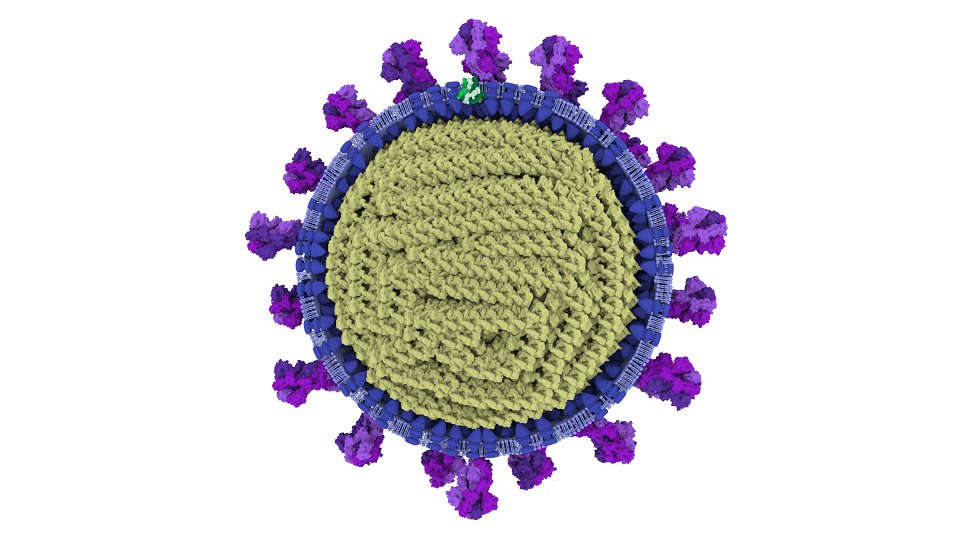
Molecular virology lab | posts from Ed Hutchinson (he/his) @CVRinfo @UofGlasgow @The_MRC.
Occasional updates here but increasingly @socialinfluenza.bsky.social
How to get URL link on X (Twitter) App


 ... and to be clear we haven't done it ourselves, partly because everyone in the lab looks horrified whenever I suggest it. But people have done it in the past for another bovine virus, foot and mouth disease: ...sciencedirect.com/science/articl…
... and to be clear we haven't done it ourselves, partly because everyone in the lab looks horrified whenever I suggest it. But people have done it in the past for another bovine virus, foot and mouth disease: ...sciencedirect.com/science/articl…



 Some background: If two viruses get into the same cell, they can genes exchange (basically they can breed). This is really important for viral evolution. A dramatic example is when different strains of influenza A virus (IAVs) use coinfection to generate pandemic strains
Some background: If two viruses get into the same cell, they can genes exchange (basically they can breed). This is really important for viral evolution. A dramatic example is when different strains of influenza A virus (IAVs) use coinfection to generate pandemic strains 


 Coinfection is an important aspect of viral evolution. If two viruses can get into the same cell, they can undergo genetic exchange. A dramatic example of this is when different strains of influenza A virus (IAVs) use coinfection to generate novel pandemic strains
Coinfection is an important aspect of viral evolution. If two viruses can get into the same cell, they can undergo genetic exchange. A dramatic example of this is when different strains of influenza A virus (IAVs) use coinfection to generate novel pandemic strains 

https://twitter.com/CVRinfo/status/1440255644100022278If you work with human influenza viruses in the lab you most likely grow them in MDCK cells, or possibly MDBK cells, or maybe A549 cells if you are fussy enough to want a cell line that comes from (a) the right organ system and (b) the right species of animal (2/N)

 ... the first model drew heavily on existing work on related viruses (SARS-CoV-1 and MHV). The updated model has an improved representation of the spike protein, building on the detailed model from @RommieAmaro's lab (pubs.acs.org/doi/10.1021/ac…) (2/N)
... the first model drew heavily on existing work on related viruses (SARS-CoV-1 and MHV). The updated model has an improved representation of the spike protein, building on the detailed model from @RommieAmaro's lab (pubs.acs.org/doi/10.1021/ac…) (2/N) 


 These have been used by @snjasim to illustrate an @UKRI_News article on ‘Getting to know the new coronavirus’ coronavirusexplained.ukri.org/en/article/cad… (2/13)
These have been used by @snjasim to illustrate an @UKRI_News article on ‘Getting to know the new coronavirus’ coronavirusexplained.ukri.org/en/article/cad… (2/13)